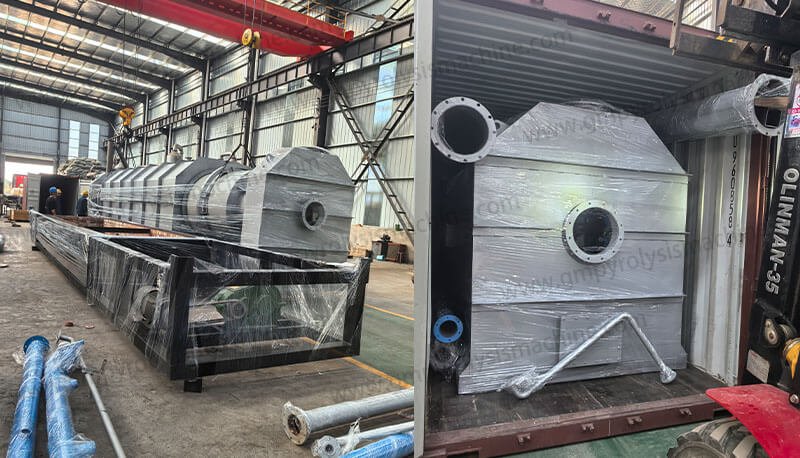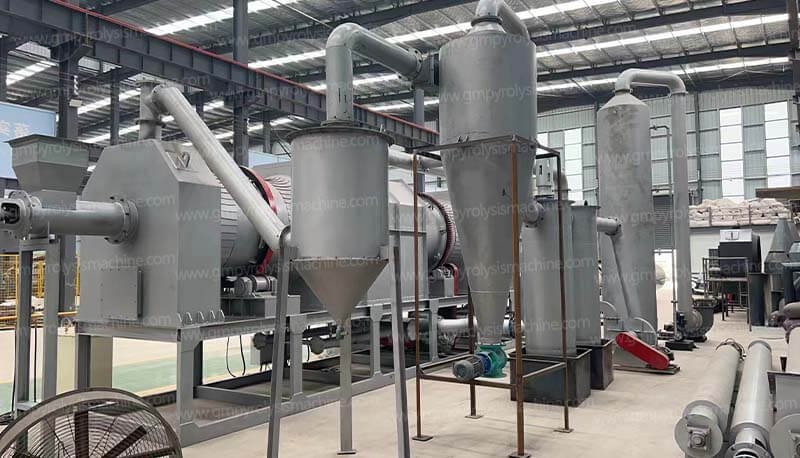Setting Up a Rice Husk Biochar Plant: A Step-by-Step Guide
Setting up a rice husk biochar plant is an innovative and environmentally sustainable way to convert agricultural waste into valuable by-products like biochar, which can be used in soil enhancement, carbon sequestration, and energy production.
1. Understanding the Basics of Rice Husk Biochar
Rice husk biochar is produced through the pyrolysis process, where rice husks are heated in a low-oxygen environment. The process results in biochar, a stable form of carbon that is rich in nutrients and minerals.
Biochar is used in agriculture as a soil amendment to improve soil health, increase water retention, and promote sustainable farming practices.
2. Choosing the Right Equipment
Pyrolysis Plant: The heart of any rice husk biochar production facility is the pyrolysis machine. When selecting equipment, ensure it meets the capacity and efficiency requirements for your plant’s scale.
Feedstock Storage and Handling System: You’ll need a system for storing and handling the rice husks before they enter the pyrolysis machine. This system should be designed to minimize dust and prevent contamination.
Cooling System: After pyrolysis, the biochar needs to be cooled before storage. Choose a system that efficiently handles this process while maintaining optimal quality.
Energy Recovery System: A key component of a sustainable biochar plant is an energy recovery system that recycles heat from the pyrolysis process for further operations.
3. Setting Up the Plant Layout
The plant layout should be designed to maximize space efficiency and ensure a streamlined workflow from feedstock handling to biochar production and cooling.
4. Raw Material Sourcing: Rice Husk Procurement
Sourcing rice husks is a critical step. Establish reliable relationships with rice millers, farmers, and agricultural suppliers to ensure a steady supply of raw material.
You may also need to consider local regulations regarding agricultural waste disposal and sourcing to ensure compliance with environmental standards.
5. Setting Up the Pyrolysis Process
Temperature Control: Pyrolysis temperature is a crucial factor that affects the quality of the biochar produced. Ideal temperatures range from 400°C to 700°C, depending on the type of biochar desired.
Time and Pressure: The length of time and pressure applied during pyrolysis also play an important role in biochar quality.
Experimentation may be needed to find the best settings for your feedstock.
6. Environmental Considerations and Compliance
Ensure your rice husk biochar plant meets all environmental regulations related to emissions, waste management, and energy use. This includes controlling air quality, managing water usage, and minimizing waste generation.
Setting up a rice husk biochar plant requires careful planning, investment in the right equipment, and a focus on sustainable and efficient production methods.





